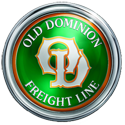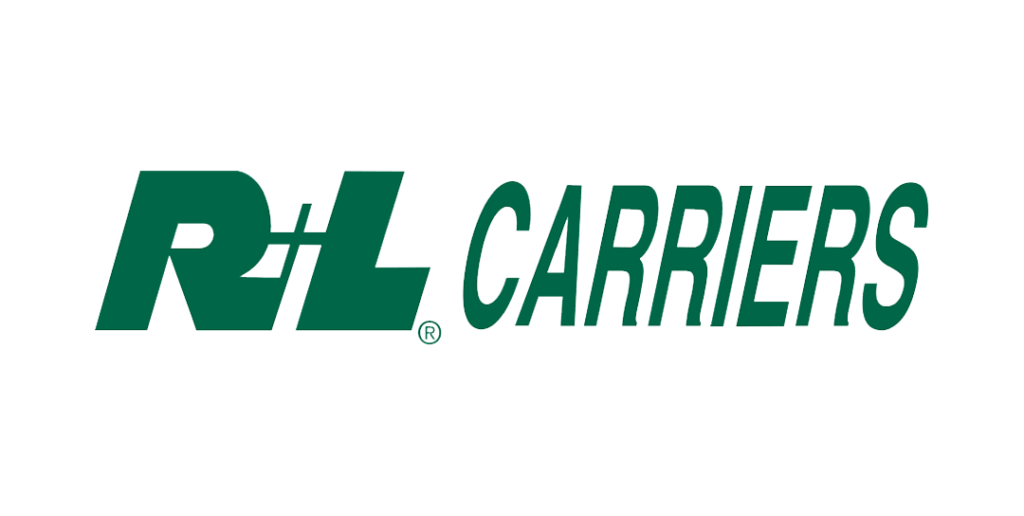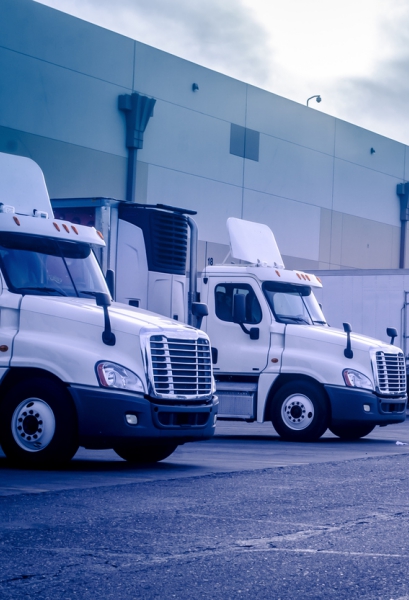HOW DO YOU GET THE BEST LTL FREIGHT RATES?
Less than truckload (LTL) shipments are shipments that aren’t large enough to fill the entire trailer of a semi-truck but also aren’t small enough to be shipped via a parcel carrier. LTL freight shipments are the middle-point between parcel and full truckload shipping and can be the most economical shipping mode for certain types of freight.
Typically, LTL shipments are shipped on pallets (palletized), or with crates. LTL shipments are usually transported via truck through local terminals and distribution centers and are a cost-effective way to move bulky goods that don’t fill an entire truck.
For a shipment to be economically shipped as a full truckload shipment, it needs to “cube out” the entire semi truck’s trailer. This means filling the trailer completely in a combination of weight and volume so that there is no wasted and empty space. Many shippers have freight that can’t completely fill an entire trailer by itself. That’s why LTL carriers consolidate multiple LTL orders into a single truckload on the same trailer. This results in maximum efficiency for shipping freight that doesn’t naturally cube out the trailer and reduces the overall cost of shipping LTL freight.
In addition, efficient less than truckload shipping helps companies get their products to the customer quicker and reduce total freight spend.
When deciding which mode (or modes) of shipping is the best for your business, ask yourself whether your freight can be shipped parcel or FTL. If your freight cannot be shipped with one of these modes, LTL will probably be your most economical shipping option.
GET YOUR LESS-THAN TRUCKLOAD LTL FREIGHT RATES & QUOTES WITH TRANSPORTATION MANAGEMENT SYSTEM (TMS)
Finding the best LTL freight shipping rates and quotes from the top carriers is no longer a logistical nightmare!
Instead of moving between different carrier websites, TMS makes it easy to view and compare LTL freight rates and quotes (along with FTL, parcel, intermodal, etc) side-by-side in a single screen.
With a transportation management system TMS like OnKue or unlocking the full features of Kuebix, users get instant access to their direct carrier rates, saving them much-needed time and money by putting a stop to the endless paper trail and non-stop calls traditionally associated with managing transportation. Users simply connect their login credentials through TMS and can begin rating and booking in the time it takes to book a flight online.
In a single easy-to-use system, shippers can quickly rate, book and track the best less-than-truckload LTL freight rates on all of their shipments in minutes! And with every rate at their fingertips, users are able to always book the best carrier based on price and service type for every lane.
Learn More

How Does TMS Provide Less Than Truckload LTL Freight Quotes & Rates?
With a TMS, shippers can be up and running with a full TMS in the time it takes to book a flight online. TMS companies like Kuebix have developed web services (API) integrations with every major carrier that supports these integrations to make the process of connecting rates simple and straightforward for users.
This means shippers can connect directly to all their carriers for instant access to all their negotiated carrier rates side by side. With all the information they need directly at their fingertips, transportation professionals can select the best freight quote for every shipment. For carriers that don’t support web services, it’s possible to use EDI integrations and tariff uploads so shippers can view ALL their carrier rates and access real-time information without ever leaving a TMS interface.
What Tracking Does Transportation Management System (TMS) Offer for Less Than Truckload LTL Shipments?
A transportation management system helps users track and trace shipments with real-time carrier updates and provides users up to date arrival information. Kuebix helps users track and manage every step in a product’s lifecycle with API connectivity into their own ERP or Kuebix TMS and a standard or custom interface. With this additional tracking functionality, customer success teams, as well as transportation teams, are better able to answer customer questions and make changes as needed.
What LTL Carriers Can Be connected to TMS?
A TMS works with most major North American LTL carriers and helps users connect their LTL rates for easy and impartial side-by-side comparison. Users can use a TMS like Kuebix to better understand their different options and choose the one that best suits their business. Some of the LTL carriers that Kuebix works with include Estes, SAIA, XPO, R&L and FedEx Freight. No matter how many LTL carriers a TMS user connects with, they will be able to select the best fit for their shipping needs.






How are LTL Freight Shipping Rates Determined?
LTL freight shipping rates are determined after considering several factors including freight class, density, dimensional weight (DIM), route, packaging and more.
How Should I Prepare My LTL Shipments?
LTL shipments are typically handled and transferred between trucks several times before reaching their final destination. To ensure that your shipment stays intact and in good condition, the packaging you choose is important. Try to consolidate your goods into a single, palletized shipment when possible and always factor in the shipments dimensions, documentation, labeling and instructions on loading and unloading. Correctly palletizing and wrapping your shipments will prevent them from becoming damaged or disarranged during shipment. When you package your LTL shipment right, you increase the likelihood of your goods arriving undamaged and on-time and decrease the likelihood that you’ll get hit with extra fees by the carrier or receiver.
Additional Considerations for Less Than Truckload (LTL) Shipping
LTL shipments are one of the most popular ways to ship goods. However, it’s important to consider the following:
- Delivery usually occurs in the morning with pick-ups typically occurring at night or in the afternoon.
- When shipping LTL freight by the pallet, you’ll need to be aware of the pallet size required for your shipment. Shipments wider than 8’6”, taller than 13’ 6” or greater than 10,000 lbs. are typically considered oversized freight and will incur extra fees and special equipment to ship.
- Shipping times are usually longer than when shipping a full truckload (FTL). Longer shipping times are the result of goods being transported via a hub system and being transferred between trucks several times while on route.
- LTL freight is handled more often than FTL freight because it can be transferred between multiple trucks and distribution centers, which increases how often the freight is handled which exposes it to greater damage risk.
- Your freight will share trailer space with other freight shipments
- If you have a time sensitive shipment, it can be shipped via LTL shipping

Frequently Asked Questions
Q: LTL vs. FTL: What’s the Difference?
A: LTL shipping is less than truckload, which means that the freight does not take up the entire truck but only a portion of the truck. FTL is full truckload shipping, which means the freight occupies the entire space or meets the maximum weight limit of the truck.
Q: Are There Additional LTL Shipping Services?
A: Yes, there are several different options if you have specific requirements around delivery or shipping. They include:
- Expedited – if you need your goods rushed or need to ensure that they arrive at a specific location by a certain date.
- Lift Gate – If you are shipping an item over 100lbs to a destination that does not have a dock for easy delivery, you will need to use lift gate shipping.
- Limited Access – You will need to use limited access if you are shipping your goods to a “limited access” location such as a construction site, school, camp, etc.
- Indoor delivery and/or pick-up – If you need the carrier to bring your shipment inside upon delivery you will need to specify that as an additional service.
Q: How do I know if less than truckload (LTL) shipping is right for my needs?
A: LTL shipping makes the most sense for businesses that are looking to minimize costs and that are shipping freight under over 150lbs but less than 15,000lbs.
Get the Best LTL Rate!
Sign up for a Kuebix account.